Introduction to top 50 flower farming tips: Flower farming is also called floriculture is a branch of horticulture. Flowers are one of the most profitable plants, producing the most profitable of any particular crop. Floriculture is the study of the growth and marketing of flowers and plants. Flower farming involves the direct sale of flowers and ornamental plants.
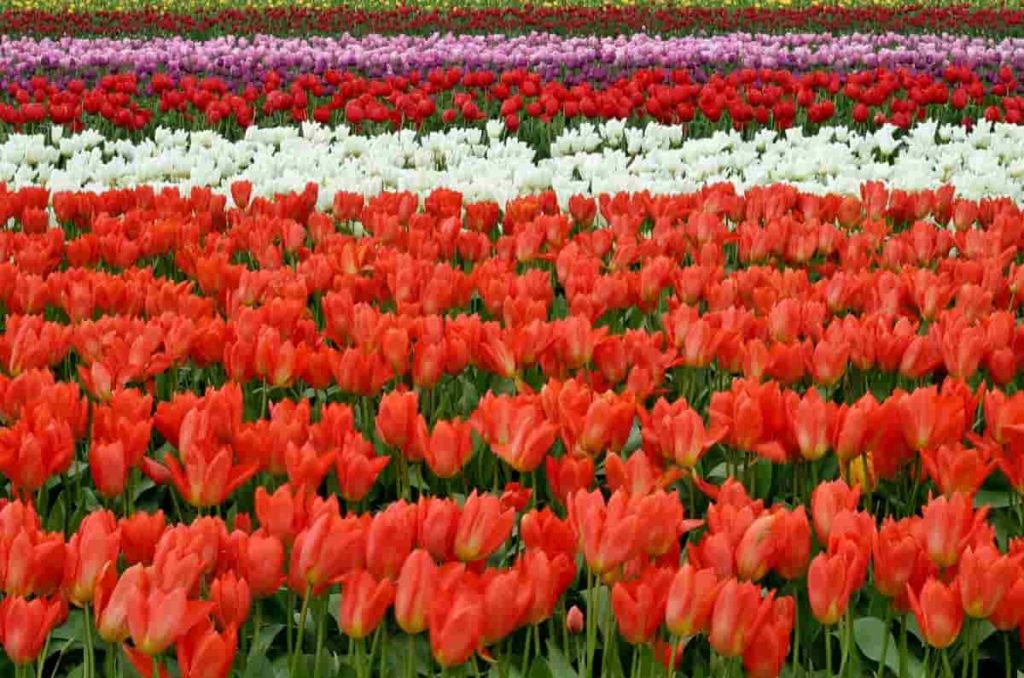
It also includes the production of planting material by seed, cuttings, budding, and grafting. Growing beautiful cut flowers can add to the beauty of your property and increase your family’s income. Flower farming can be a favorite pastime, but it can also be great, especially when you are just starting. There are millions of plants to choose from and more ways to combine them.
In general, floriculture is a great opportunity for gardening enthusiasts. And, one can make good money from the floriculture business. However, you should consider your investment potential, land area, agro-climatic conditions, and local market demand. Flowers are a perishable thing. Therefore, proper post-harvest management is essential to keep flowers fresh and marketable. These include;
- Understanding the flower industry and becoming a florist.
- Getting Set Up
- What to grow
- How to grow
- Marketing and selling
The flower farming business is one of the fastest-growing sectors with a strong demand for all types of flowers. Here, we mentioned the top 50 tips to start successful flower farming;
Guide on top 50 flower farming tips, types of flower farming, tips for selecting soil and location, tips for selection of annual blooms and time-saving tips
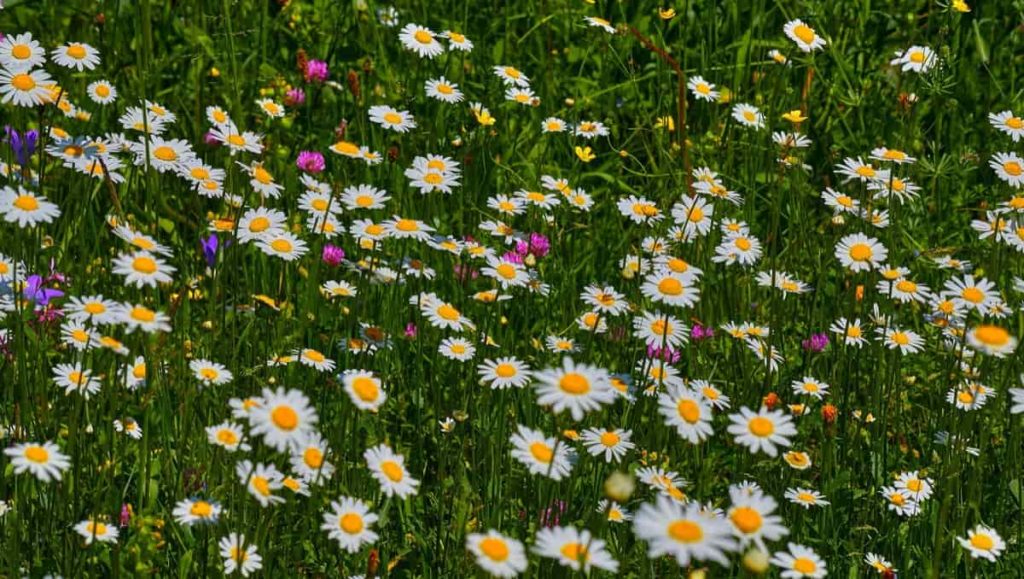
Tips for selecting soil and location for flower farming
- Making good soil should be your primary focus and it will serve as the foundation for the growth of everything in your garden.
- Start with a soil test in the area you have chosen for your garden – depending on the results (such as whether the soil is more acidic or alkaline) you will have a better idea of what soil you need to add to your soil mixture to make it the best blend possible.
- For successful flower farming, selecting the right location is another important key. Most flowers grow from full sun to partial sun, so it is important to choose a place that has enough light to help your flowers grow.
- If this is your first garden, it may be best to start small. Getting a large garden plot can get overwhelming quickly, and it can take you away from the idea. Similarly, if space is a problem, consider starting a container garden instead. This is a viable option, even if you live in an apartment or condo where groundbreaking is not an option.
Types of flower farming
- Cut flowers – Cut flowers are flowers that are cut with roots, branches, and leaves for use in bouquets or decorations.
- Dried flowers – These are the flowers that are used after drying. These flowers are dried using different preservatives and used for different occasions.
- Pot plants – These are potted flowers and herbaceous plants suitable for indoor farming and home gardening.
- Bedding plants – In this, seeds are sown indoors during the off-season and transplanted later in the growing season.
- Hanging plants – These are annual or perennial flowering plants or other plants that are used for decorative purposes. They are hung from the ceiling by ropes.
Tips for selection of annual blooms
- Many beautiful flowers in the garden are annual. Annual plants need to be planted every year. These annual plants are Pansies, Petunias, Impatiens, and Marigolds, which are valuable for their stunning colors. Thankfully, some do their annual sowing, or what professional gardeners like to call “volunteers.” These flowers sow themselves and produce beautiful plants year after year. Then there are the two-year-old flowers, like the Foxglove and Black-Eyed Susans.
- If you buy annuals, look for healthy plants and avoid plants that have roots at the bottom of pots. Yellow or diseased leaves are also a sign of problems. Choose flowering plants instead of open flowers.
- What are the popular annual flowers? Popular annual flowers are;
- Petunia
- Verbena
- Calibrachoa
- Geranium
- Marigold
- Vinca
- Zinnia
- Ageratum
Selection of perennial plants
- Perennial flowers make a garden beautiful as they return each year (although some are limited to a few years). There are always new perennial plants to try, so the development opportunities for home gardeners are endless.
- Choosing the right plants for your garden and growing them year after year is what makes perennial gardening a pleasant journey for the gardener. Distribute them to grow large crops under their care, and know when to harvest them after their growing season is over.
- With careful attention, perennials will be an important base in your flower beds.
- Choose perennials that will grow in the light and soil you have. In these areas choose full sun, partial shade, or shade plants. Check the types for soil requirements. If a plant grows well in dry conditions, make sure your area is suitable for that plant. The most popular perennials are;
- Allium
- Lavandula
- Sedum
- Leucanthemum
- Baptisia
- Coreopsis
- Echinacea
- Tall Garden Phlox
In case if you miss this: Growing Pansy Flowers – A Full Planting Guide
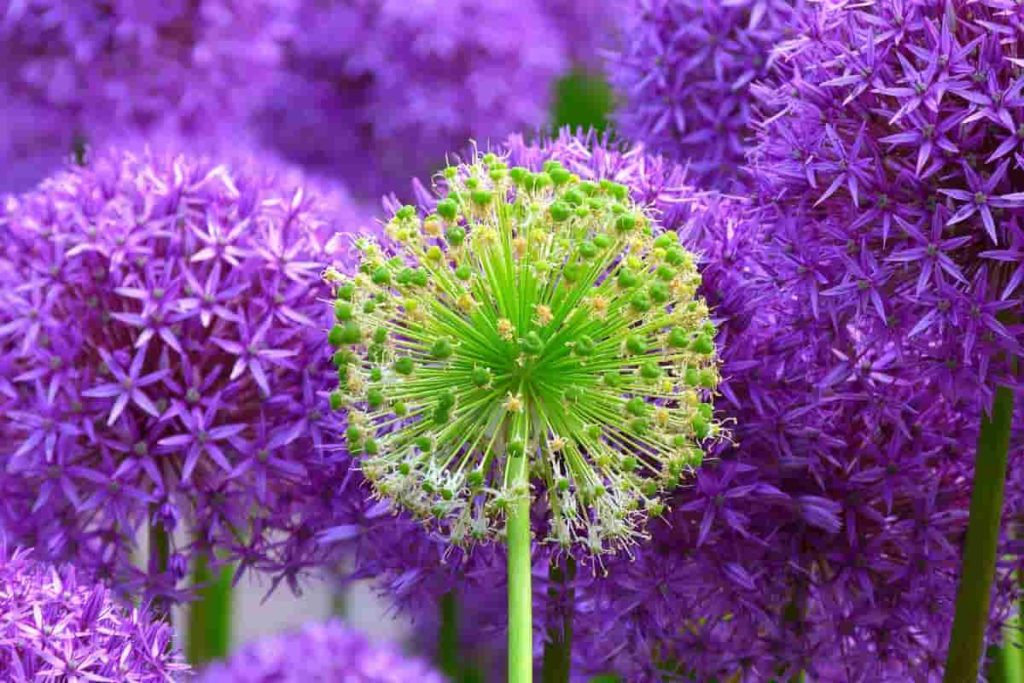
Time-saving tips for flower growers
- Time is money and this is especially true for florist growers. There are only so many hours in a day, and although farmers are generally known to be hardworking people with strict schedules, it is important to save time. More importantly, time is about effort and efficiency.
- Plant large quantities of small varieties – When we first started, we were growing close to fifty varieties of each type of flower and each with its own needs and characteristics. And while initially, it was fun to grow and learn the needs of all these materials, it soon became a problem until we changed gears for all kinds of materials. This goes for seed starting requirements, grafting, growth rate, stacking and corralling and netting, deadheading and pruning, and bed cleaning. If you have dozens of types, it can be an impossible task, even finding out everything that needs to be done is very little.
- Direct sow more crops – While you can’t sow everything directly (there are very few crops that we sow directly) this is a great and very effective way to grow material when you can.
- Invest in perennials – Although not as much as annual flowers in terms of total productivity, their upbringing involves a lot of time and effort. It takes a lot of work and time to get them started with seeds every year. They don’t need to be restarted and replanted every year, they will automatically save you a ton of time and effort, especially in the spring when flower growers are usually the busiest.
- Hurry up with the harvesting – It takes us a while to pick the flowers, and take the bachelor button for example. Many people try to locate each stem, trace it downwards and then cut each stem and place it in their bucket in the field. It works, but it makes the process much harder and takes much longer. Instead, with the bachelor buttons, just go to the base of the plant and cut out the whole flower stalk. Process it later in individual stems as required, but this method of harvesting is very quick and easy. Other plants that can be grown this way include other passionate growers like Cosmos, Spray Marigolds, Clary Sage, Scabiosa, and others.
Tips for flower plants grow faster and larger
- Not all plants grow fast. Growing strong, healthy, and green plants require good nurturing and environment.
- The most important factors in making a plant grow faster are water, air, light, soil nutrients, and the right temperature for the right plants.
- Use rich soil – Soils that are rich in grease and organic matter, such as old manure or well-decomposed manure, provide a constant supply of nutrients to plants. It also stimulates bacterial activity, which promotes soil fertility. When planting your flower beds, add some compost or manure to the soil and add them from time to time.
- Deadhead flowers for more blooms – Most plants grow better and have more flowers if their withered and faded flowers are often broken off. Whenever you see spent flowers, remove them, so that the plant can give its energy to the formation of more flowers and buds. Dried flowers waste energy and juice. They also attract pests and diseases. Also, by cutting off the faded flowers, you prevent the plants from a seedling.
- Choose the best organic fertilizer – No matter how expensive it is, choose the best organic fertilizer.
- Provide more sun – Light is essential for the growth of plants. For many flowering plants, direct sunlight for several hours a day can be a prerequisite. However, shade plants reduce the number of flowers when exposed to more sunlight.
- Nurse the roots – Take care of the roots for healthy flower plants, and remember that through them the plants absorb nutrients and water from the soil. When you transplant or when you dig the soil around the plant, be careful not to cut or damage the roots as it may take some time to damage the plant or it may die.
Tips for selecting flower plants
- The strongest demand is for an “instant color” flower to be grown in four-inch pots that are ready for grafting as open plants in the garden. These include annuals, such as Marigold, Petunia, Salvia, and Zinnia. Begonia and Impatience, although it is more expensive to grow, almost always sell out first.
- Popular perennial flowers include Columbine, Bleeding Heart, Delphiniums, and Bearded Iris.
- Cut flowers are an excellent cash crop and they are easy to grow, produce quickly. Also, starting costs are low, as most gardeners already need basic gardening tools, and only need to buy seeds to get started.
In case if you miss this: Annual Flowering Plants In India
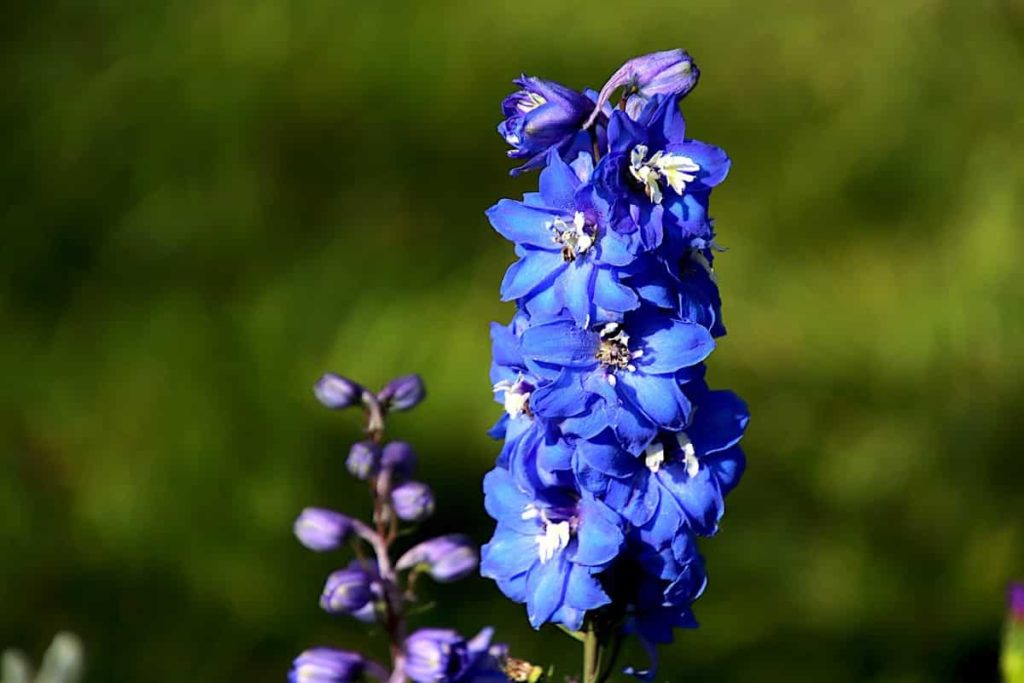
Tips for selecting the best flowers for profitable business
The best selection of flowers to ensure profitability include;
- Ageratum – Clusters of long-lasting flowers in red, white, and blue fill the bouquets. With regular planting, Ageratum can produce continuous flowering from early summer to frost.
- Scabiosa – Also called the Pincushion Flower, Scabiosa is great for cutting and comes in a wide variety of colors, from white to dark. As with most cut flowers, apply every 2-3 weeks for flowering until mid-summer.
- Larkspur – This comes in a wide range of colors. Most seed providers offer a range of colors so you have a rainbow of flowers to harvest and mix in bouquets.
- Snapdragon – It is best to start and transplant indoors. Snapdragon takes 120 days to mature. Most growers apply a mixture of 8-10 colors for different varieties.
- Zinnias – Nothing fills the bouquet like Zinnias, with their wonderful colors, shapes, and sizes. The giant types are the best-selling in the market.
- Verbina Bonairensis – This popular flower produces lilac flowers on long, thin stems.
- Salvia – Its long stem produces an abundance of flowers. Variety of choices for a wide range of colors from scarlet to white.
- Yarrow – Also called Achillea millefolium, it comes in a variety of popular annual colors. It can be directly seeded or transplanted, and ready for harvest in about 90 days.
Tips for selecting cut flowers
- Cut flowers are useful for making bouquets as well as flower baskets for corsages, decorative purposes, and flower arrangements. These flowers are cut with stalks to arrange in vases and are also long-lasting. They are an important part of the world trade in flower products.
Cut flower crops that in demand are
- Rose
- Carnation
- Orchid
- Lilium
- Chrysanthemum
- Narcissus
- Heliconia
- Bird of Paradise
- Anemone
- Ranunculus
- Calla Lily
- Tulip
In case if you miss this: Black Currant Cultivation – Varieties, and Planting
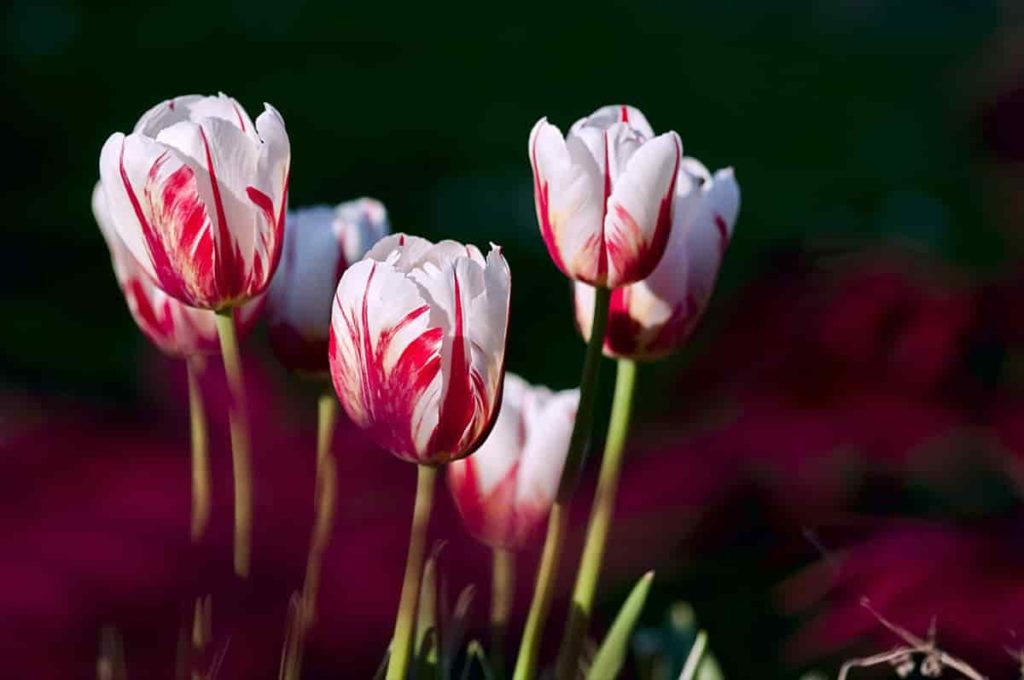
The best way to water your flower plant
- A better method is to water the plants less and more deeply. You want the soil to dry out in the middle of the water because that is what encourages a healthy root system.
- Gardeners should keep in mind that different plants have different water needs.
- Annuals, which are planted in the spring and give their all-in-one season, usually require more water than perennials that have several seasons for root system development.
- Plants that live under large trees, where they are forced to compete with water for tree roots, will need maximum hydration support. And planting new plants will require more regular watering than established plants. It is important to water any type of garden.
- Knowing how to properly water flowers begin with the basics of how much water they need to grow and flourish.
- Most flower plants need one inch or 2.5 cm of water every 7 to 10 days. This is only for the growing season, however, in the inactive part of the year, many flowers are needed less.
- Invest in drip irrigation – The problem with spraying or watering the flowers with a hose is the spread of the disease. Water can spread soil to the leaves and can spread fungal and other infections.
- A drip irrigation system is a good investment to keep plants watered without this risk. Add the mulch. If you find it difficult to retain moisture in your soil and you want to water it a little less frequently, add a layer of mulch. It reduces evaporation and retains soil moisture.
In case if you miss this: Cranberry Farming – Growing Tips, and Techniques
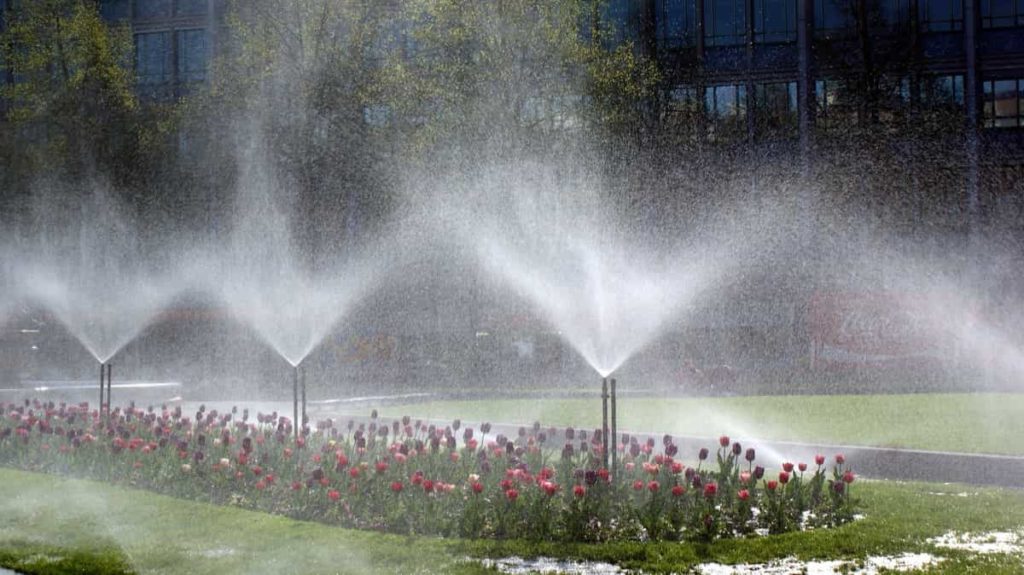
Harvesting tips in flower farming
- Flowers should be harvested in the morning (after the dew has dried) or in the evening time. Cut the plant to get longer, stronger stems.
- The right stage, method, and timing of flower pruning are important to ensure the life of their long vase.
- Flowers should always be cut in the morning or evening when temperatures are mild, as high temperatures cause rapid breathing and excessive dehydration.
- Harvest in the morning or evening. Remove underwater plants from stems. The slant cut will prevent the stems from sticking to the bottom of the bucket and increase the amount of water. Never plant flowers on the ground or the dirty surface. Disinfect cutting tools frequently, or at least 2 times a day.
- It is important to know the best stage of harvest for each plant species to ensure the quality of flowers after harvest.
- To maximize the life of a bouquet of cut flowers, cut the flowers daily at the appropriate stage of their development. Early or late harvesting significantly shortens the life of a flower vase.
- Flowers of some plant species can be cut at the bud stage without compromising the quality and life of the bouquet. For other species of plants, disorders such as improper color development, or abnormal blooming of buds can occur when flowers are cut when they are very immature. If the flowers are to be stored or shipped over long distances, they are usually harvested earlier stage.
- Types of Pesticides Used in Agriculture: A Beginner’s Guide
- Economical Aquaculture: A Guide to Low-Budget Fish Farming
- 15 Common Planting Errors That Can Doom Your Fruit Trees
- How to Make Houseplants Bushy: Effective Tips and Ideas
- Innovative Strategies for Boosting Coconut Pollination and Yield
- Pollination Strategies for Maximum Pumpkin Yield
- The Complete Guide to Chicken Fattening: Strategies for Maximum Growth
- Natural Solutions for Tulip Problems: 100% Effective Remedies for Leaf and Bulb-Related Issues
- Revolutionizing Citrus Preservation: Towards a Healthier, Greener Future
- Natural Solutions for Peony Leaf and Flower Problems: 100% Effective Remedies
- Maximizing Profits with Avocado Contract Farming in India: A Comprehensive Guide
- Natural Solutions for Hydrangea Problems: 100% Effective Remedies for Leaf and Flowers
- The Ultimate Guide to Choosing the Perfect Foliage Friend: Bringing Life Indoors
- From Sunlight to Sustainability: 15 Ways to Use Solar Technology in Agriculture
- The Ultimate Guide to Dong Tao Chicken: Exploring from History to Raising
- The Eco-Friendly Makeover: How to Convert Your Unused Swimming Pool into a Fish Pond
- Mastering the Art of Delaware Chicken Farming: Essentials for Healthy Backyard Flocks
- 20 Best Homemade Fertilizers for Money Plant: DIY Recipes and Application Methods
- How to Craft a Comprehensive Free-Range Chicken Farming Business Plan
- Brighten Your Flock: Raising Easter Egger Chickens for Beauty and Bounty
- How to Optimize Your Poultry Egg Farm Business Plan with These Strategies
- Subsidy for Spirulina Cultivation: How Indian Government Schemes Encouraging Spirulina Farmers
- Ultimate Guide to Raising Dominique Chickens: Breeding, Feeding, Egg-Production, and Care
- Mastering the Art of Raising Jersey Giant Chickens: Care, Feeding, and More
- Ultimate Guide to Raising Legbar Chickens: Breeding, Farming Practices, Diet, Egg-Production
- How to Raise Welsummer Chickens: A Comprehensive Guide for Beginners
- How to Protect Indoor Plants in Winter: A Comprehensive Guide
- Ultimate Guide to Grow Bag Gardening: Tips, Tricks, and Planting Ideas for Urban Gardeners
- Guide to Lotus Cultivation: How to Propagate, Plant, Grow, Care, Cost, and Profit
- Agriculture Drone Subsidy Scheme: Government Kisan Subsidy, License, and How to Apply Online
- Ultimate Guide to Raising Araucana Chickens: Breed Profile, Farming Economics, Diet, and Care
- Bringing Hydroponics to Classroom: Importance, Benefits of Learning for School Students
- Ultimate Guide to Raising Polish Chickens: Breed Profile, Farming Economics, Diet, and Care
- Ultimate Guide to Raising Australorp Chickens: Profile, Farming Economics, Egg Production, Diet, and Care
- Silkie Chicken Farming: Raising Practices, Varieties, Egg Production, Diet, and Care
- Sussex Chicken Farming: Raising Practices, Varieties, Egg Production, Diet and Care
Wowww very nice information about flowers and their breading. Thank you for this valuable information i will try in my home. Thank you once again
Thank you for all the tips i want to start my own florist
great nd informative article.
keep it up
thanks for share this kind of informative and well research article.